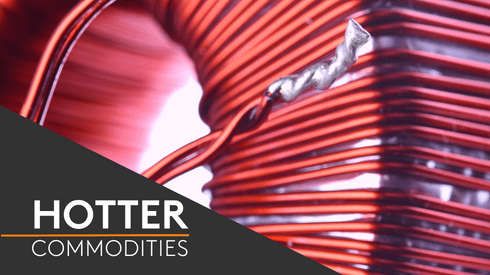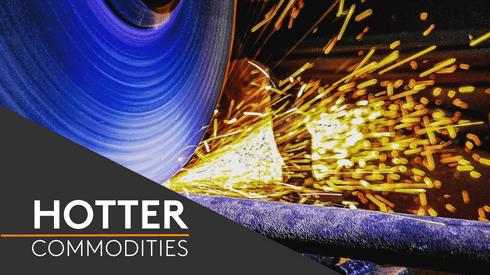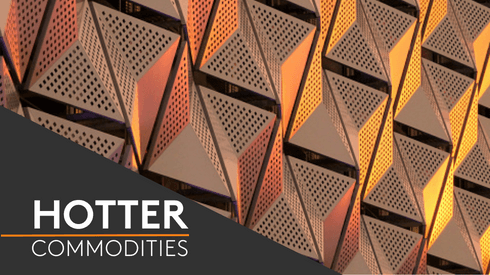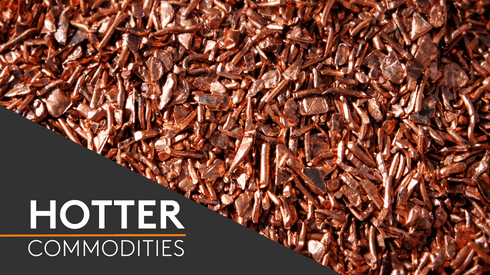This statement comes from Jim Lennon, commodity strategy consultant at Macquarie Bank, who spoke to attendees of the Metals Debate and Outlook panel during last week’s LME Week industry gathering.
Nickel’s outlook is very much determined by China and Indonesia, with the two countries currently making up 70% of global supply and demand of the metal, Lennon said.
The “resource boom in nickel” is predominantly taking place in Indonesia, according to Lennon, who said Indonesia accounts for 55% of current global supply and is expected to grow to over 70% in the next five years.
“Despite the fact that the trend growth rate for nickel demand this decade is 7% a year, the highest of any base metal, we still see ongoing surpluses due to the massive increase in capacity and supply in Indonesia,” Lennon said.
Lennon referred to the “massive divergence” in prices between London Metal Exchange grade nickel, nickel sulfate and nickel pig iron in 2022, saying it has “continued into 2023.”
The price gap between nickel pig iron and the LME nickel price created a “huge opportunity” for processors of nickel pig iron, Lennon said.
Fastmarkets assessed the price for nickel pig iron, high-grade NPI content 10-15%, spot, ddp China at 1,130-1,150 yuan ($155-158) per nickel unit on Friday October 13. This compares with the LME nickel cash price of $18,284.25 per tonne at the 5pm close on the same day.
These processors have built over 270,000 tonnes of nickel refining capacity to convert nickel matte into Class 1 LME grade nickel, according to Lennon, and this has created an “incredible increase in supply.”
The annualized projection for Class 1 nickel in 2023 is 100,000 tonnes higher than 2022, he also noted.
On the demand side, the “huge growth in China is enough to offset the decline elsewhere,” Lennon added.
As a result, the negative sentiment around Europe does not affect nickel as dramatically as the rest of the base metals.
Battery raw materials like nickel, cobalt and lithium have all been “under significant downward pressure, particularly cobalt, over the past couple of years… because of this we’ve seen a savage destocking cycle in the battery raw materials space,” he added.
In contrast to this is the tin market, where limited supply could constrain growth, despite its bullish forecast, panelists said during the same event.
Jeremy Pearce, market intelligence and communications at the International Tin Association, said that the long-term case for tin is strong, despite its position as the “forgotten metal.”
“Tin is an essential metal for the future and there are two main drivers of this; climate change and digitalization,” Pearce said.
Investment in tin is a long-term process, because tin supply and demand are currently struggling, according to Pearce, who said that the tin market is a small, turbulent market that can be strongly influenced by external factors.
“Supply is in a very low position and is subject to volatility and disruptions,” he added.
Both demand and supply are currently sitting in a “trough” due to the trade war, the pandemic and various macro-economic factors, Pearce said.
And while tin’s demand is gradually recovering, Pearce questioned if tin’s supply chain is “resilient” enough to keep up with the bullish forecast ahead.
Keep up to date with the latest news and insights on our dedicated battery materials market page.






